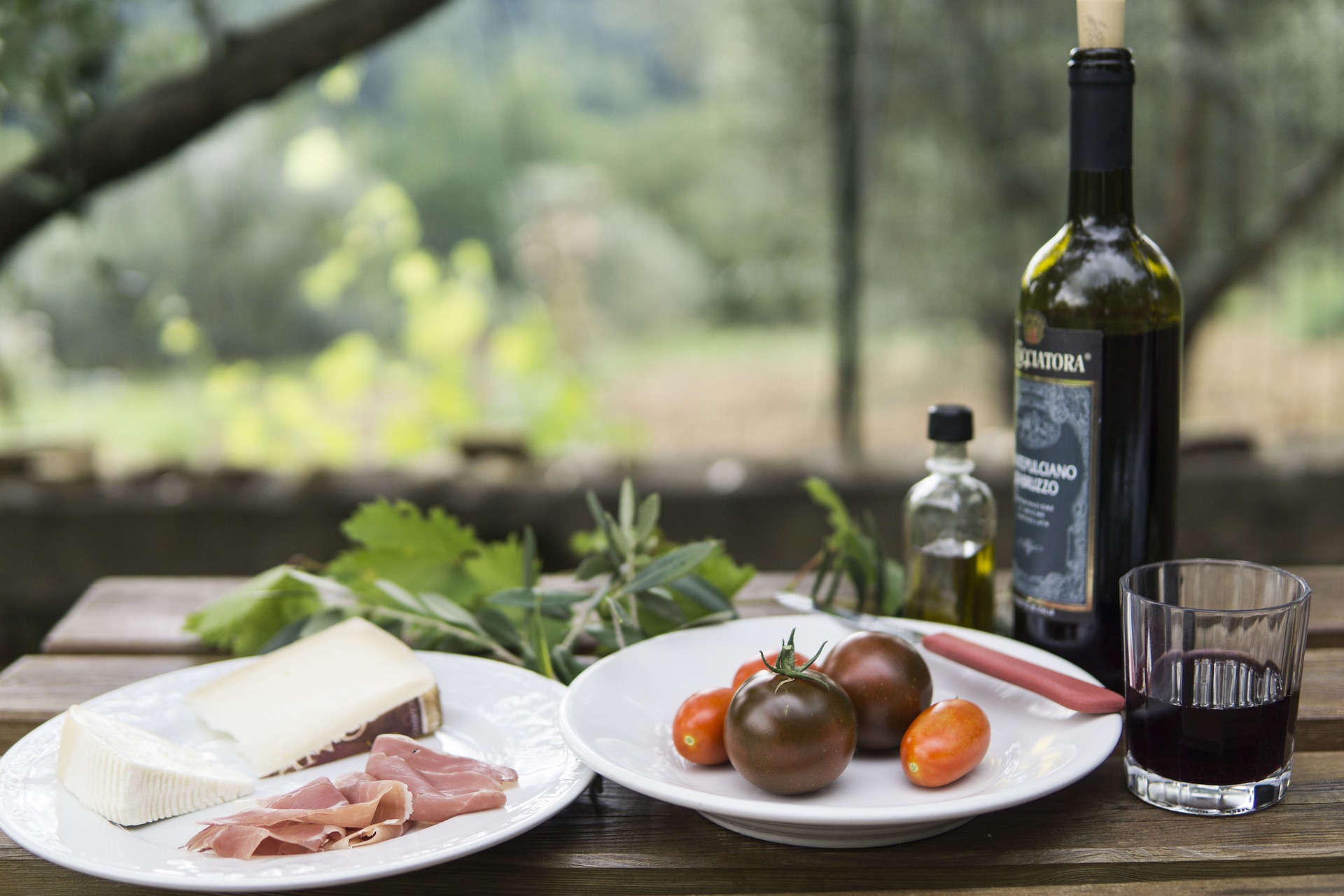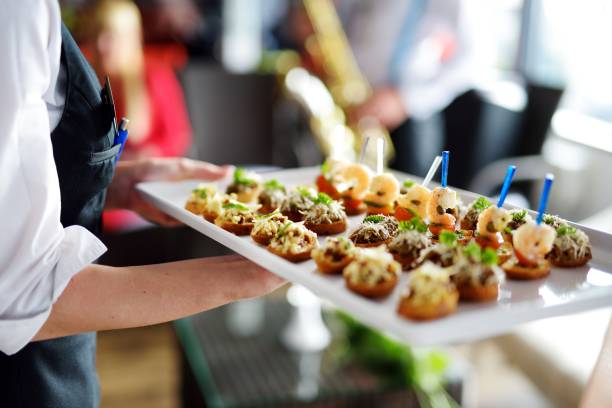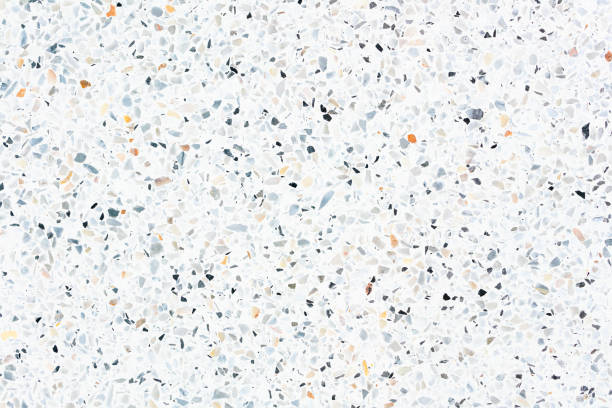A Dive into The Art of Charcuterie: From Traditional to Trendy
The world of food and drink is a vibrant tapestry, woven with a variety of cuisines, beverages, techniques, and innovative culinary ideas. Today, we delve into the fascinating world of charcuterie, a culinary art form that has been around for centuries and is currently experiencing a modern-day revival. This article will explore the history, techniques, and modern reinterpretations of charcuterie, inspiring readers to engage with food in fresh and exciting ways.

A Slice of History: Charcuterie’s Past
Charcuterie, a French term, refers to the art of preparing and assembling cured meats and other meat products. This gastronomic craft dates back to the Roman era, serving as a method of food preservation before the advent of refrigeration. Despite its ancient roots, charcuterie remains relevant and is enjoying a renaissance in contemporary cuisine.
The Art of Charcuterie: Techniques and Traditions
The craft of charcuterie has a myriad of techniques, each with its unique result. From brining to smoking, curing, and fermenting, these methods transform simple cuts of meat into delicacies. Traditional charcuterie includes sausages, pâtés, and terrines, demonstrating a respect for the animal by utilizing every part.
Modern Spin: Charcuterie Boards
Today, the concept of charcuterie extends beyond meat, manifesting in the form of charcuterie boards. These aesthetically pleasing assortments showcase a variety of meats, cheeses, fruits, nuts, olives, and bread, offering an engaging and communal dining experience.
Charcuterie as a Sustainable Choice
Charcuterie is not only delicious, but it also aligns with the increasing awareness around food sustainability. The practice of using every part of the animal reduces waste and promotes a mindful approach to meat consumption.
Building Your Own Charcuterie Board
Creating a charcuterie board is an art in itself. Here are some tips to help you construct a flavorful and visually appealing board:
-
Choose a variety of textures: Combine soft cheeses with hard ones, crisp crackers with soft bread, and smooth pâtés with chunky pickles.
-
Play with flavors: Balance the richness of the meats and cheeses with the acidity of pickles, mustards, and fruits.
-
Add a visual element: Arrange your ingredients in a way that is visually appealing. Use a variety of colors and shapes to make your board pop.
Conclusion
Charcuterie, with its rich history and versatile techniques, offers endless culinary possibilities. Whether you’re a seasoned chef or a food enthusiast looking to expand your culinary horizons, delving into the art of charcuterie can provide a unique and rewarding experience. As this culinary tradition continues to evolve and adapt to modern tastes, it remains a testament to the beauty of food and the way it brings people together.





